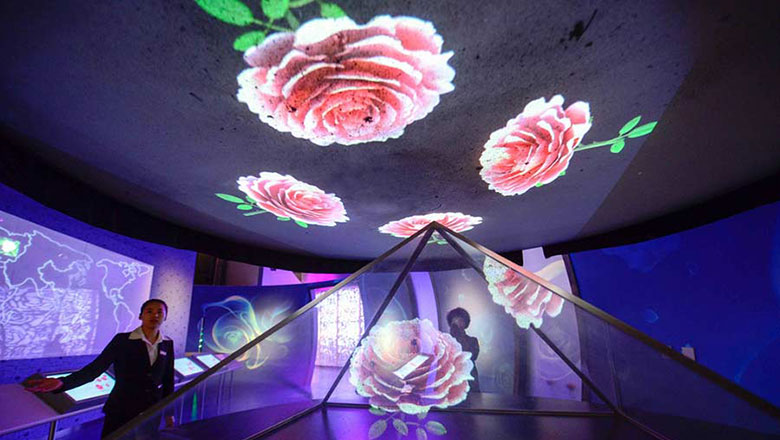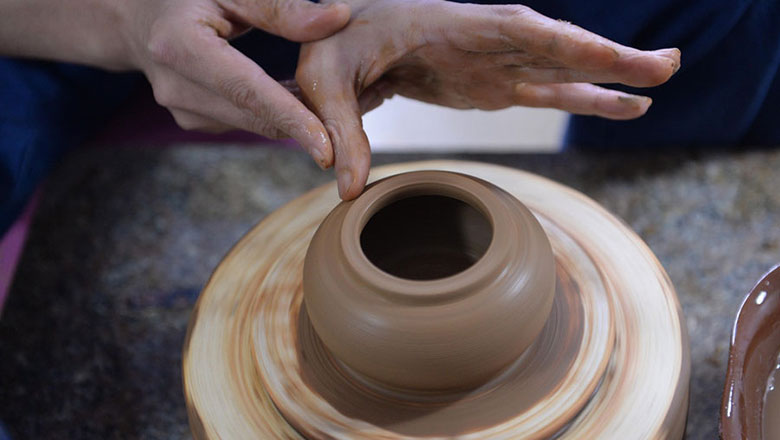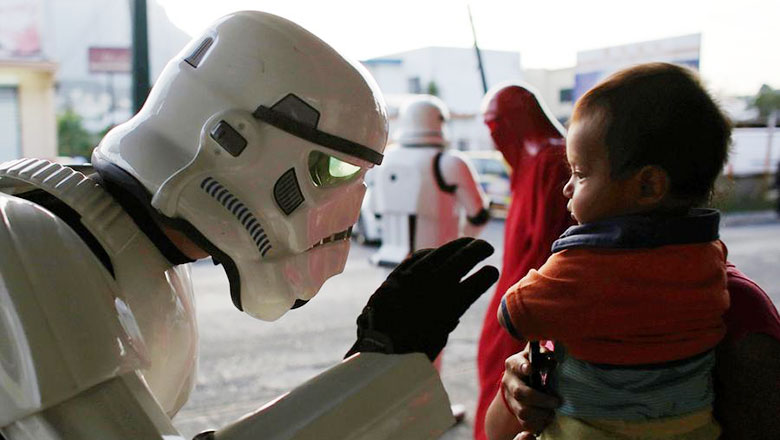Palace Museum confirms ancient relics find
Updated: 2016-05-06 08:06
By Wang Kaihao(China Daily)
|
||||||||
The Palace Museum in Beijing has confirmed the discovery of relics from the Yuan Dynasty (1271-1368) that were buried underground in the heart of the city for more than 600 years.
|
 |
|
Maintenance work is carried out on a courtyard at the Palace Museum last month. ZHU WANCHANG/CHINA DAILY |
The museum, also known as the Forbidden City, said on Thursday that the relics had been found during maintenance work at the historic site.
The Forbidden City was home to China's imperial palace from 1420 in the early Ming Dynasty (1368-1644) until the end of the Qing Dynasty (1644-1911).
Li Ji, head of the Archaeology Department at the museum's affiliated academic research institutes, said the relics were found under the west wing of the museum during work on laying an electric cable last year, but it had taken months to appraise them and confirm their age.
"The broken tiles and porcelain pieces are direct evidence that they come from no later than the start of the Ming Dynasty."
Li also said the foundations for construction work from the Ming and Qing dynasties were found above the Yuan relics.
"These three layers of relics indicate how layouts for buildings changed through time," he said.
He added that no Yuan relics had been found previously because of "scrupulous urban construction work" in the Ming Dynasty.
"Our fieldwork shows that almost all previous construction foundations were cleared out when the Forbidden City was built, to provide impeccable detail for the new palaces."
Li said the current studies are still at a preliminary stage and it is too early to analyze the original architecture.
"Basically, we can be sure it is from an important part of a Yuan Dynasty royal palace, but it's hard to say if it was on the central axis of Beijing at that time," he said, adding that the Forbidden City today stands on this axis.
He expects further studies to reveal how this axis has evolved through history.
Li said no large-scale archaeological work will be carried out on the relics, to minimize the impact on surviving ancient architecture.
"It's like playing puzzles," he explained. "We begin small-area excavations in different spots, and can obtain a panoramic view through comparative studies."
- Inspection teams to cover all of military in anti-corruption drive
- Tornado, heavy rain batters Central China's Hunan
- Beijing to cut downtown population this year
- Palace Museum confirms ancient relics find
- Disney promises ‘safe, pleasing service of high quality’
- Couple detained for selling their two sons

 Raging wildfire spreads to more areas in west Canada
Raging wildfire spreads to more areas in west Canada
 World's first rose museum to open in Beijing
World's first rose museum to open in Beijing
 Teapot craftsman makes innovation, passes down techniques
Teapot craftsman makes innovation, passes down techniques
 Top 8 iOS apps recommend for mothers
Top 8 iOS apps recommend for mothers
 Five things you may not know about the Start of Summer
Five things you may not know about the Start of Summer
 Art imagines celebrities as seniors
Art imagines celebrities as seniors
 Japanese animator Miyazaki's shop a big hit in Shanghai
Japanese animator Miyazaki's shop a big hit in Shanghai
 Star Wars Day celebrated around world
Star Wars Day celebrated around world
Most Viewed
Editor's Picks

|

|

|

|

|

|
Today's Top News
Liang avoids jail in shooting death
China's finance minister addresses ratings downgrade
Duke alumni visit Chinese Embassy
Marriott unlikely to top Anbang offer for Starwood: Observers
Chinese biopharma debuts on Nasdaq
What ends Jeb Bush's White House hopes
Investigation for Nicolas's campaign
Will US-ASEAN meeting be good for region?
US Weekly

|

|





